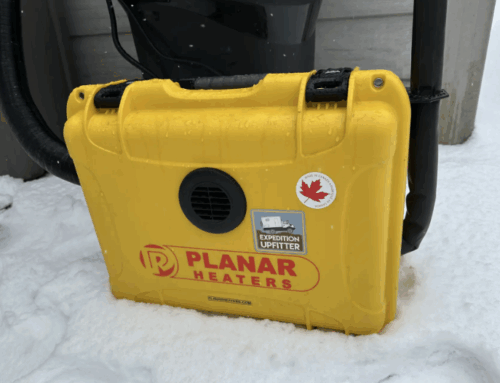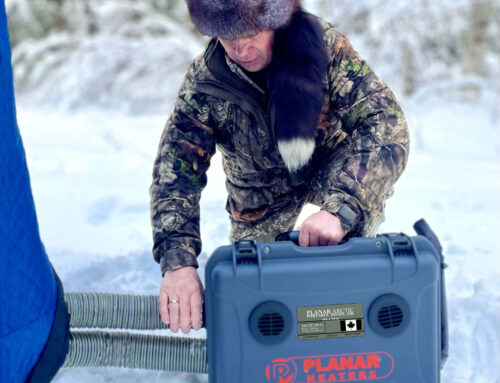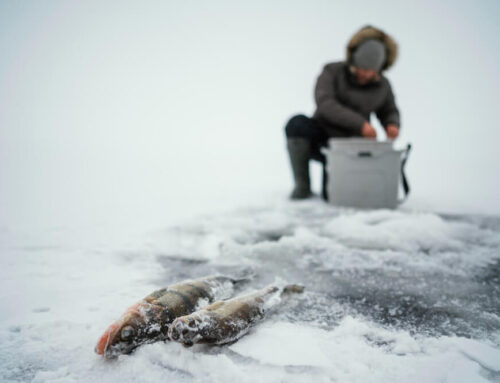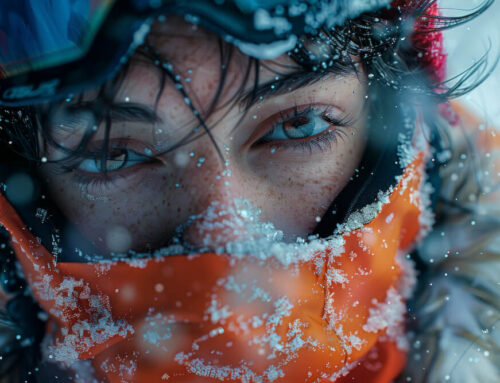Words and photos from ![]() 4wd talk
4wd talk
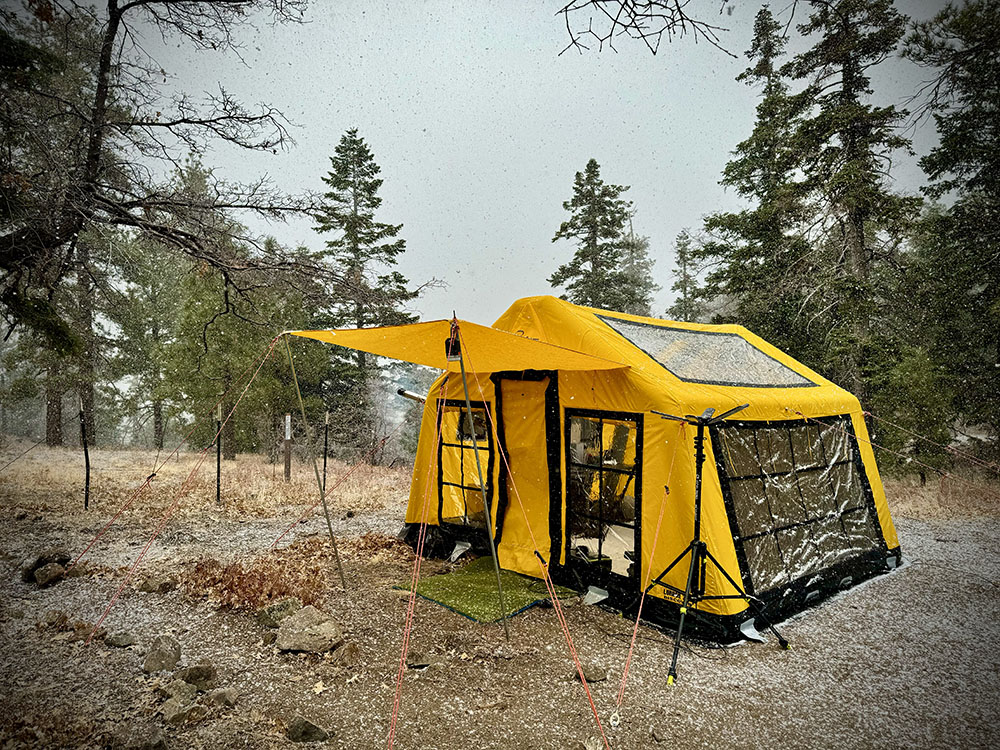
Winter camping isn’t everyone’s cup of tea, and I get it. But over the years, I’ve found a unique, almost magical, calmness to the snow-covered landscapes, the sharp, fresh air, and the solitude of winter camping that just can’t be matched by summer trips.
I’ll admit it right out the gate, though—if you’re looking for someone who’s hardcore enough to camp without a heat source in sub-freezing temps, you won’t find that here. My hat’s off to those brave souls who rely on nothing but a sleeping bag and a few layers to stay warm. Me? I like my tent warm, plain and simple. And if you’re on board with keeping things cozy in winter, stick with me.
In this article, I’ll share what I’ve learned over years of trial and error, testing countless methods and heaters, some more effective than others, to keep my tent toasty in winter. And if you make it to the end, I’ll share my exact winter camping essentials setup—one that works for me no matter where I’m camped. I might even surprise you with the balance I strike to keep warm without constantly feeding a heater!
Winter Camping Essentials: Preparation is Key
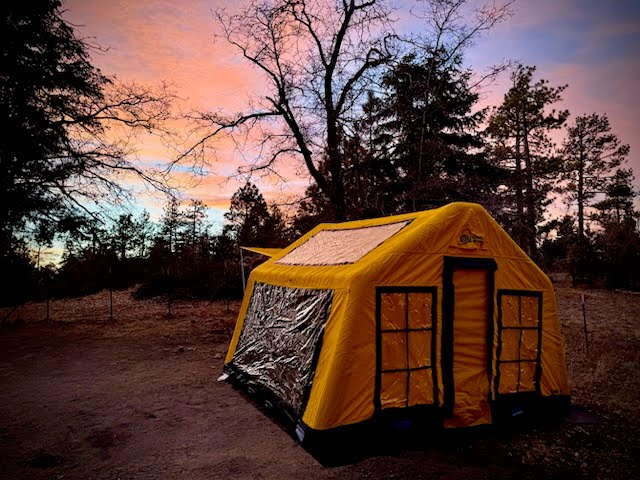
Before diving into specific heating methods, there’s something that often gets overlooked but is essential to staying warm: planning.
Winter camping isn’t the kind of trip you want to wing, especially when temperatures drop drastically at night. First, think about the tent you’re using. A four-season tent with good insulation and minimal air leakage will make a world of difference compared to a typical summer tent that lets every draft through.
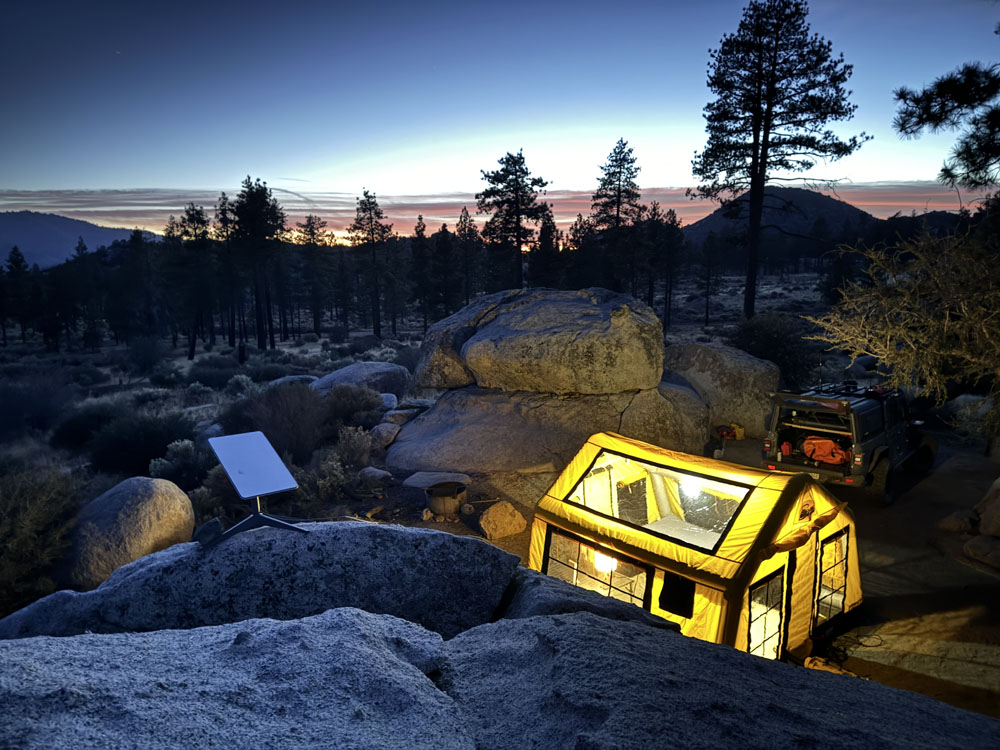
Moving on…what you want to do is set up your tent in a spot that’s naturally shielded from the wind if possible, like near a tree line or rock outcropping, but be mindful of safety if there’s heavy snow. Insulating the floor of the tent with a ground tarp and a thick mat will also help prevent the cold from seeping up from the ground. With the right location and a little extra insulation, you’ll set yourself up for success with any heat source and other winter camping essentials.
Winter Camping Essentials: Methods to Keep a Tent Warm

Now, let’s get into the heart of it: how to actually keep your tent warm. I’ve broken down each method with some pros, cons, and my personal insights. Each option has its place, but I’ve definitely got a favorite, which we’ll get to soon.
Electric Heating: Convenience with Limitations
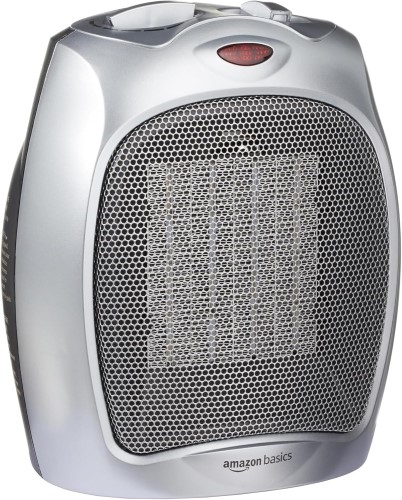
Electric heaters are clean, safe, and don’t emit any fumes or moisture. If you’re camping with access to shore power, like at an RV park, or happen to have a big enough generator, an electric heater can keep your tent comfortably warm without the added moisture or fumes of propane or diesel heaters. Those benefits put electric heaters at the top of many folks’ winter camping essentials lists!
The downsides are obvious if you’re venturing off the beaten path. Unless you’ve got a power source (and a large one at that), electric heaters simply aren’t practical for remote winter camping. They require a lot of power to run for long periods, so unless you’re plugged into shore power or willing to deal with a generator, you can skip this option.
My Take: If I’m camping somewhere with shore power, I’ve used an electric heater to keep the tent cozy. But let’s be real—when I’m deep in the mountains or somewhere remote, this option is useless. For off-grid adventures, you’ll need something a bit more robust.
Propane Heating
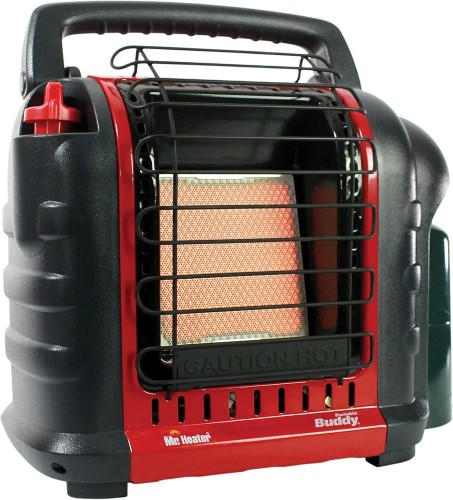
Propane heaters like the Buddy Heater are portable, easy to use, and provide instant warmth. They’re affordable and don’t require any complex setup, making them an attractive option. They run for about 2.4 hours on high (18,000 BTUs) with a 1 lb propane bottle. Hooked up to a 20-pound tank, you’re looking at 49 hours on high, 98 hours on medium (9,000 BTUs), and 220 hours on low (4,000 BTUs), so you get a fair amount of warmth per dollar.
Propane heaters do come with a few notable issues, though…
They generate moisture, meaning your tent can feel damp after running it for a while, especially in tightly sealed spaces. Plus, there’s the carbon monoxide risk, so proper ventilation is essential. You’ll also want to invest in a carbon monoxide detector for extra peace of mind. And while they’re effective at producing direct heat, they don’t distribute it evenly throughout the space like a diesel heater.
If you go for this option, keep the heater on a stable surface to prevent tipping, and always have ventilation, even if it’s cold outside. Many models have an oxygen depletion sensor, which will shut off the heater if the oxygen level gets too low, but a little airflow is still essential.
My Take: I used propane heaters on plenty of trips back in the day, and they work, especially for short overnight stays when you need quick heat. But that moisture buildup can be a pain, and the ventilation needs make them a bit impractical for longer stays in cold weather.
Diesel Heaters
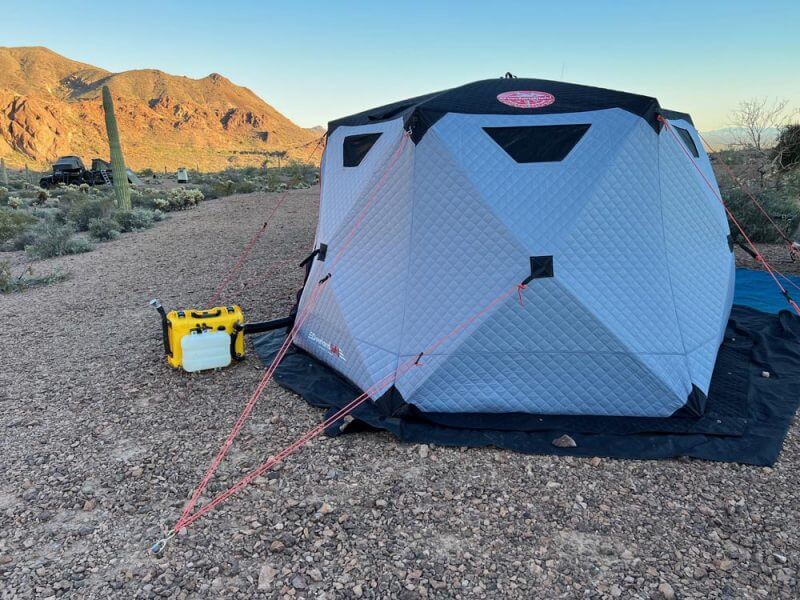
Diesel heaters are game-changers. They’re designed to be efficient, putting out a steady stream of warm air without creating condensation inside the tent. That’s why a good diesel heater is at the top of my winter camping essentials list.
The 4kW Portable Diesel Heater by Planar model I use runs for about 11.85 hours on a gallon of diesel, putting out approximately 13,648 BTUs per hour with an efficiency of around 85%. It costs about $4.85 per gallon, so you’re looking at roughly $0.41 per hour—a lot cheaper per hour than propane, which costs about $2.50/hour (figure estimated on 1lb tanks). Diesel also has a higher energy density than propane, meaning you get more heat output per gallon.
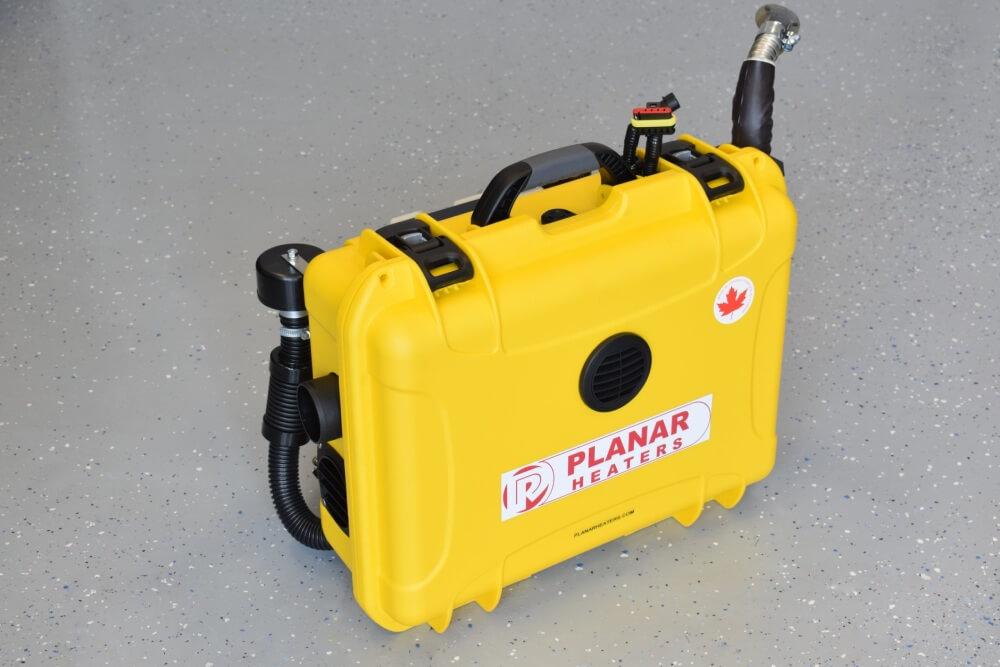
A good diesel heater is pricier upfront and requires a bit of setup with exhaust ventilation (just make sure the exhaust isn’t dumping off in your open door or window). Maintenance can be a consideration, too, though I’ll admit I’m not the best at keeping up with it myself (more on that in a minute). You need to store diesel as well, which adds some weight and hassle, especially for backcountry trips.
Personal Endorsement: I’ve tested a number of diesel heaters over the past six years, and the Planar 4kW has been the most reliable one by far. I’ll be honest—I tend to neglect maintenance, yet this thing has never let me down. Last winter, I pulled it out after letting it sit all spring, summer, and fall with the same diesel in the tank. Did I clean it out? Nope. But it fired up like a champ and ran smoothly. These heaters are tough and resilient—like Rocky, always getting back up for another round.
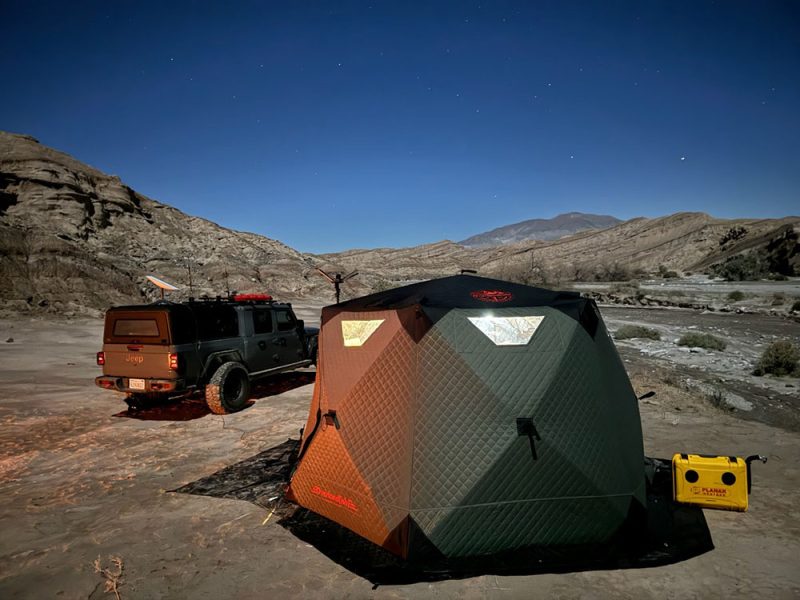
My Take: Diesel heaters are my go-to, especially for trailer camping. They’re reliable, efficient, and put out a nice, even heat. You’ll pay a bit more for a heater like this, but the performance is worth every penny. While on that topic, avoid the cheap Chinese diesel heaters you find on Amazon; I have tested five of these over the years, and every single one has failed horribly.
Wood Stove: Cozy Ambiance with Trade-Offs
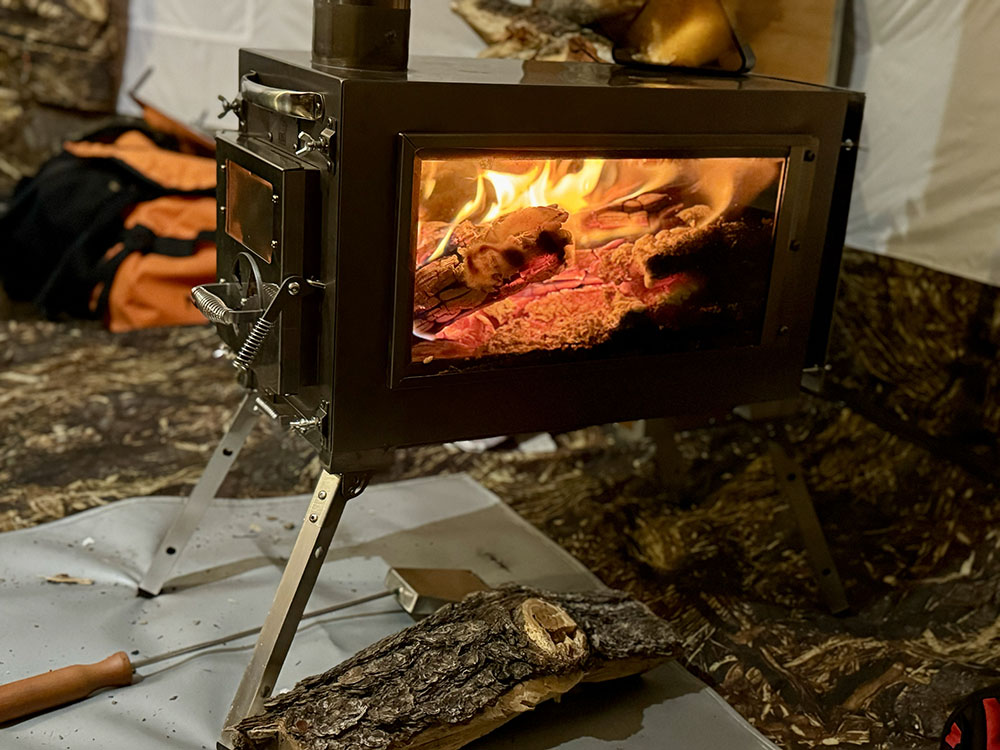
Nothing beats the cozy atmosphere of a wood stove. The sound of a crackling fire, the glow through the tent, and the dry, radiant heat make it my favorite choice when I’m in a ground tent. It’s also nice that wood stoves don’t add moisture to the air, keeping things drier and more comfortable inside.
The biggest downside? Maintenance. Wood stoves require constant feeding, especially through the night. You either have to get up to add more wood or wake up to a cold tent in the early hours. And for safety, you’ll need to make sure you have a proper chimney setup to vent the smoke outside.
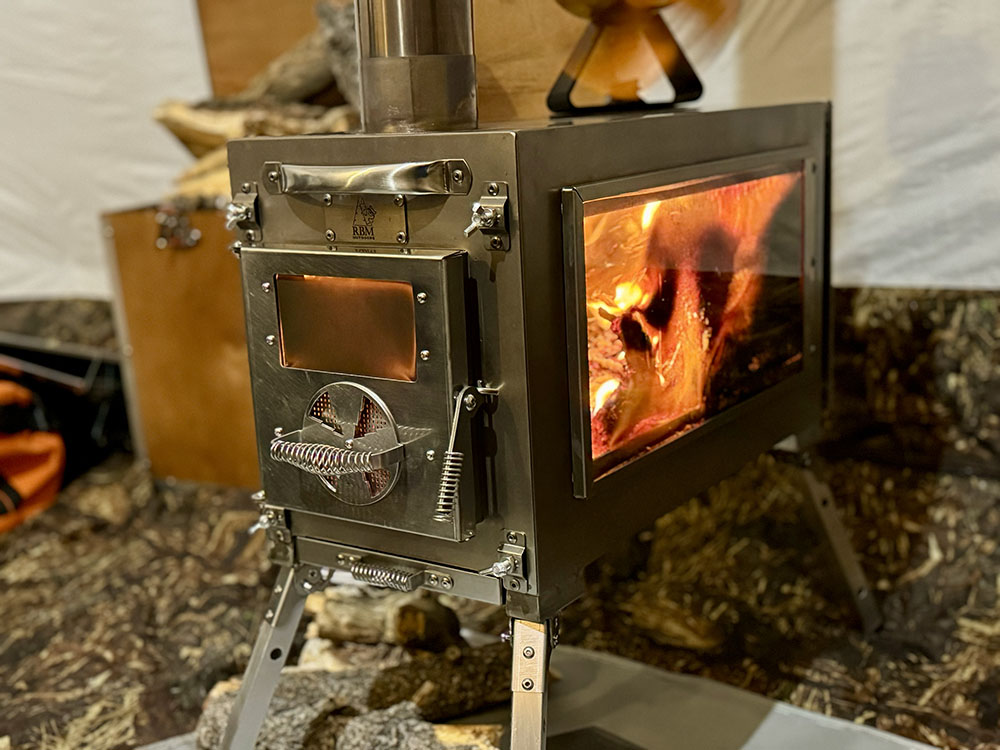
Safety Tips: Always use a stove jack (a tent port for chimney pipes) and keep flammable materials away from the stove. Don’t leave the stove unattended with the door open, as sparks can be a fire hazard. There are special fireproof mats you can get under your wood stove; be sure to get one. Embers will fall out (they always do), and this can and will burn through your tent floor with no protection in place.
My Take: I love my wood stove for evening ambiance. It’s therapeutic after a long day, especially in winter when the snow is falling softly around the tent. However, it’s not practical for overnight heating on its own. For me, it’s the perfect daytime heat source when I’m out in a tent, but it needs a backup heater for all-night warmth.
Winter Camping Essentials: What I Personally Use: How to Stay Warm in a Tent
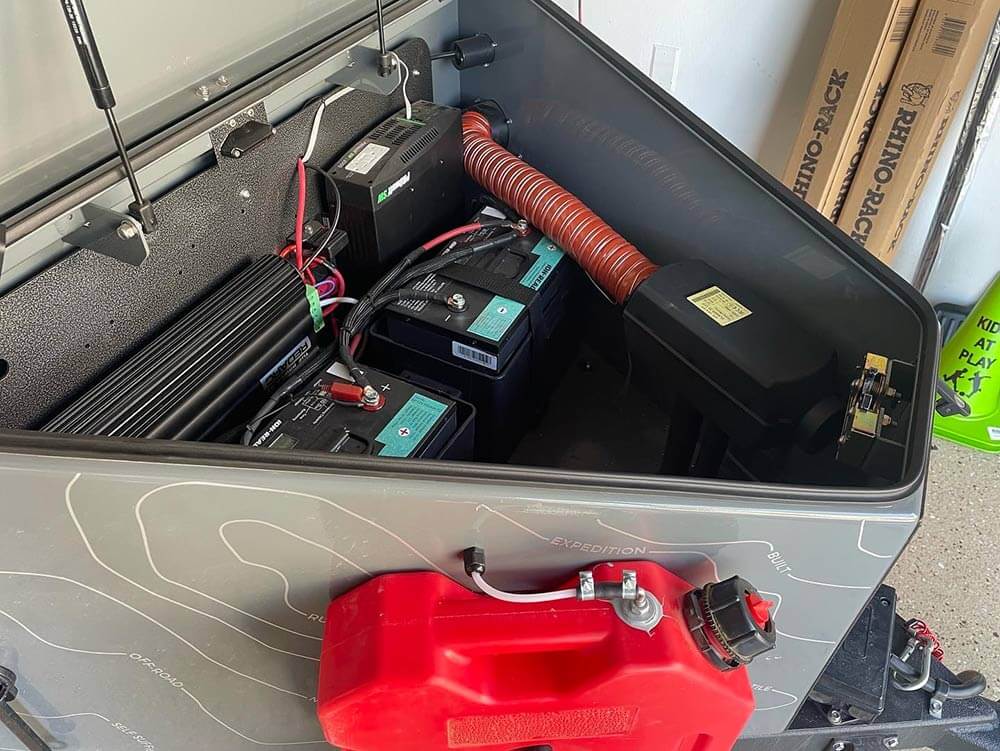
So, what’s my real setup? After trying everything under the winter sun, here’s my hybrid approach:
When I’m out in the trailer, the 2kW Autoterm diesel heater is my mainstay. It’s efficient, easy to manage, and, best of all, I can just set it and let it run all night without interruption. With the thermostat, I can control the temperature and rest easy knowing I’ll wake up warm without fussing over fuel or fire.
Things get interesting when I’m in a ground tent…
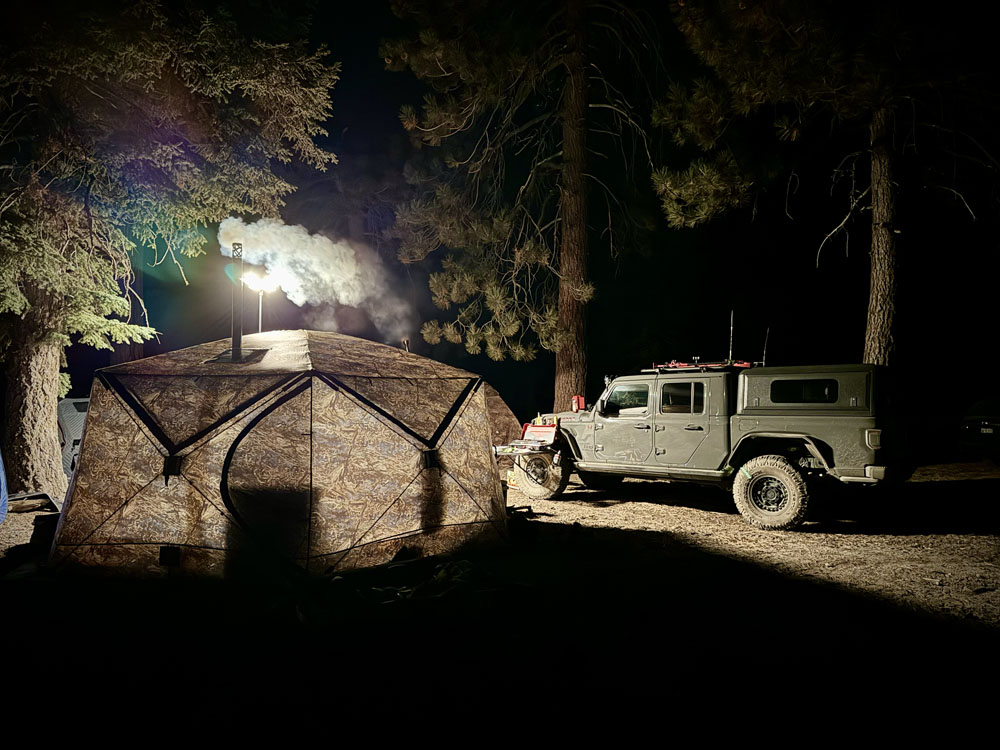
I combine the wood stove and the diesel heater for a solid two-step approach to heat. I’ll burn the wood stove through the evening, enjoying the cozy ambiance, and let it run until right before bed. I then fire up the diesel heater on low with the thermostat set to just keep things comfortable. The wood stove usually holds out for a few hours, and by the time it’s out, the diesel heater seamlessly keeps the tent warm. This combo keeps me warm all night without constant maintenance.
Wrapping Up the Warmth in Winter Camping
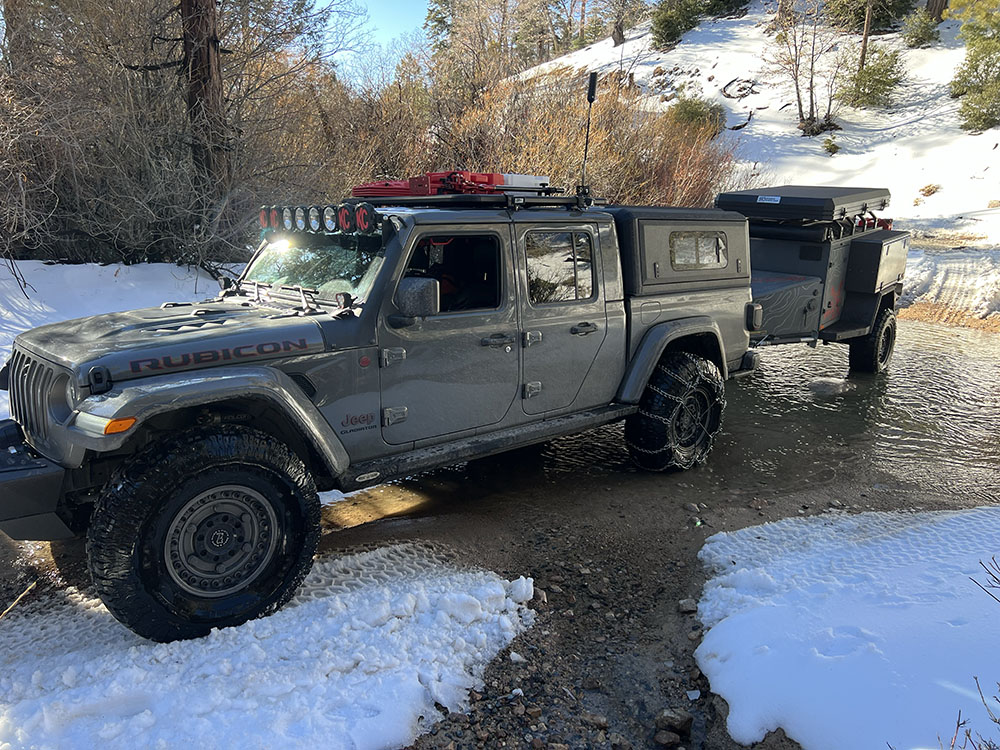
Keeping warm in a tent isn’t just about picking the right heater—it’s about finding a balance that works for your style of camping and comfort level and finding the right winter camping essentials. Winter camping has its own beauty, and with the right setup, you can enjoy it without shivering through the night. Whether you’re using a trusty propane Buddy Heater, the tough-as-nails Planar diesel heater, or kicking back with the glow of a wood stove, there’s a way to stay comfortable in the cold.

For those of you tough enough to brave the chill without extra heat, hats off to you. But if you’re more like me, looking for a little warmth and comfort, a well-planned setup makes all the difference. So, bundle up, plan ahead, and maybe even try out a hybrid approach next time. Winter camping might just become your new favorite season to explore the great outdoors.
And as always, stay warm and stay safe out there!

